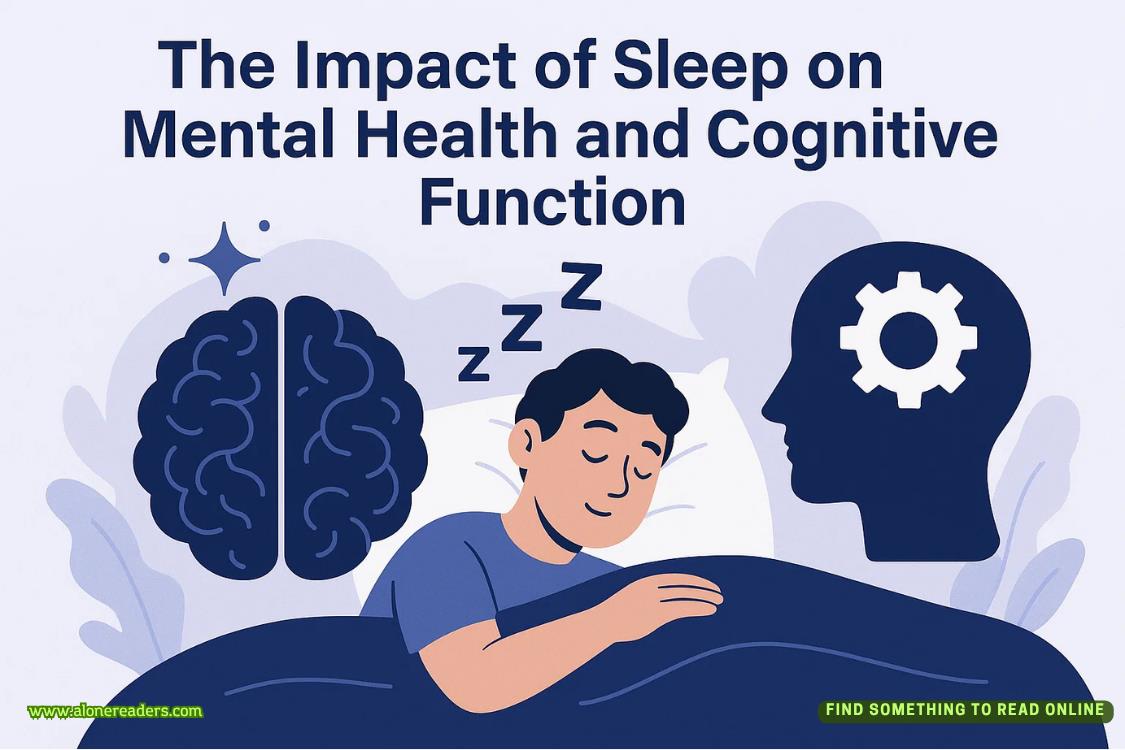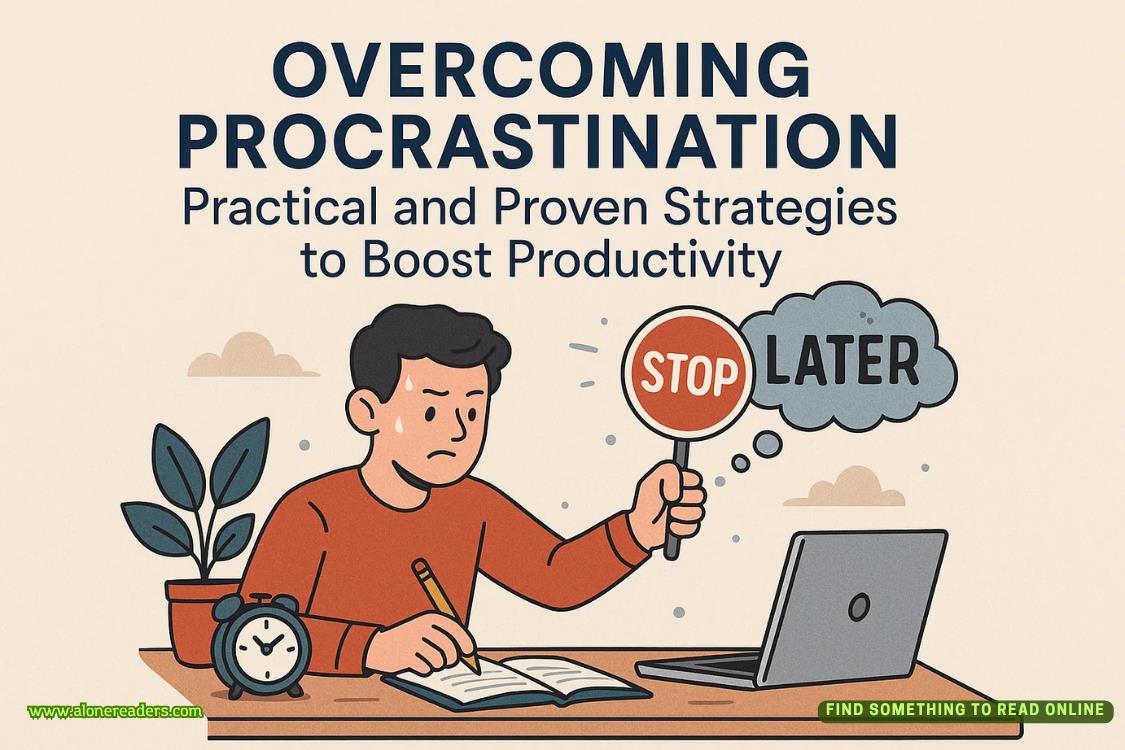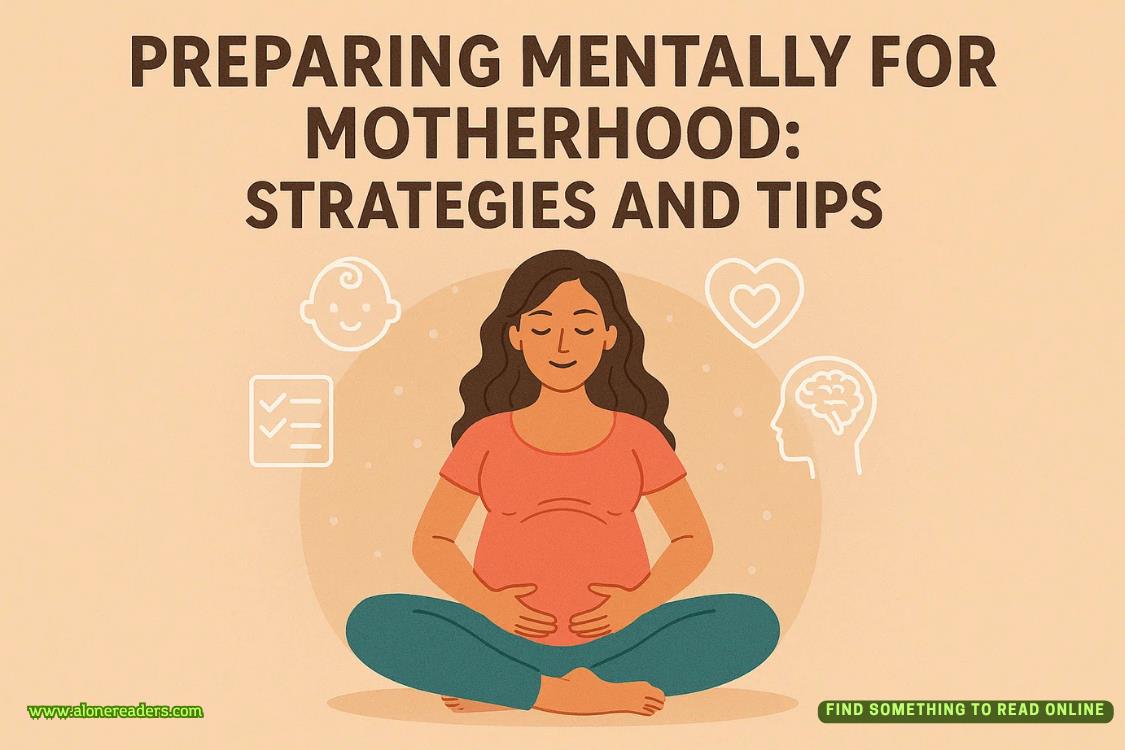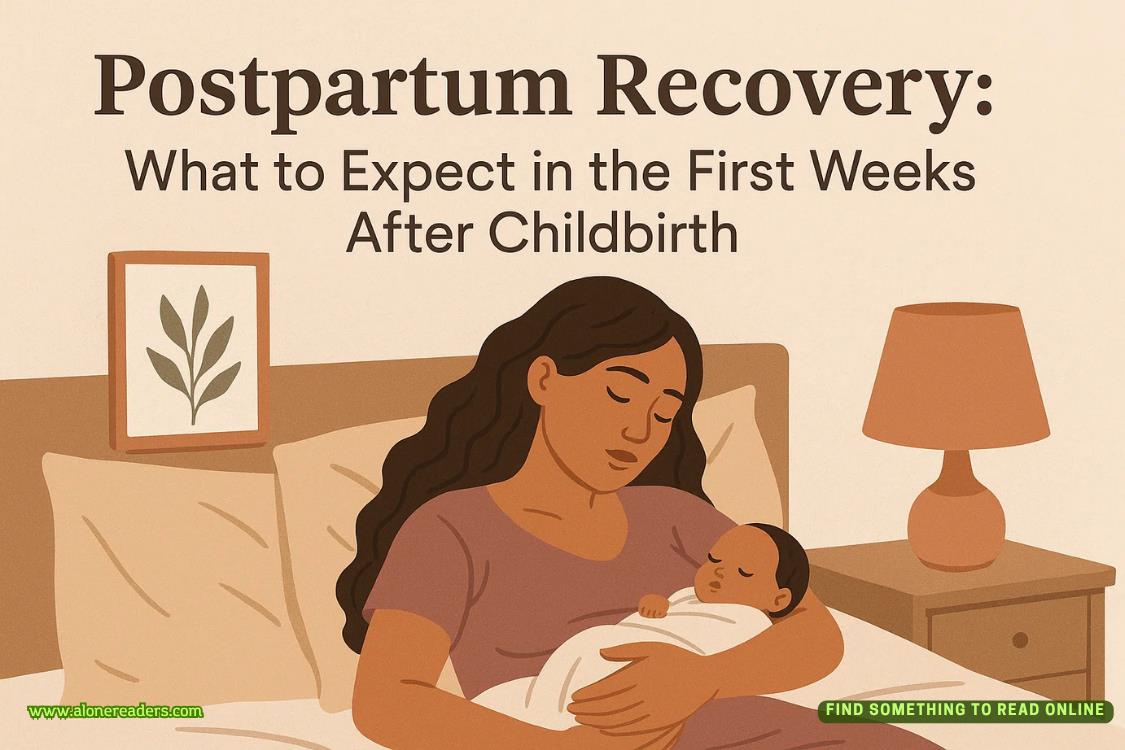Page 89 of The Doomsday Key (Sigma Force 6)
“And that would be you,” Painter said, to keep him talking.
“Don’t take that tone. I know where this all ended. But that’s not where it started. I only sought to put the brakes on population growth, to gradually decrease the human biomass on this planet, to make sure we didn’t hit that crisis point at full speed. In the Club of Rome, I found the global resources I needed. A vast reservoir of innovation, cutting-edge technologies, and political power. So I began steering certain projects toward my goals, gathering like-minded people.”
Karlsen looked at the senator, then away again.
Despite Painter’s warning, Gorman spoke up. “You used me to spread your diseased seed.”
Karlsen glanced down to his hands folded in his lap, but when he glanced up, he remained unabashed. “That came later. A mistake. I know that now. But I sought you out because of your advocacy for biofuels, for turning crops like corn and sugarcane into fuel. It was simple enough to support such a seemingly good cause, a renewable energy source that freed us from oil dependency. But it also served my goal.”
“Which was what?”
“To strangle the world’s food supply.” Karlsen stared at Painter with no apology. “Control food, you control people.”
Painter remembered overhearing Karlsen paraphrase a line from Henry Kissinger. Control oil and you control nations, but control food and you control all the people of the world.
So that was Karlsen’s goal. Strangle the food to strangle the growth of the human population. If done skillfully enough, it might even work.
“How did supporting biofuels help you control the world’s food supply?” Painter could guess the answer, but he wanted to hear it from this man.
“The world’s best croplands are overworked, forcing farmers to turn to marginal lands. They make more money growing crops for biofuels than for food. More and more good farmland is being diverted to grow fuel, not food. And it’s horribly inefficient. The amount of corn needed to produce enough ethanol to fill one SUV tank could feed a starving person for a year. So of course, I supported biofuels.”
“Not for energy independence…”
Karlsen nodded. “But as one means of strangling the food supply.”
Senator Gorman looked aghast, knowing the role he had played.
But Painter noted the odd bit of emphasis. “What do you mean by one means?”
“That was just one project. I had others.”
5:31 A.M.
Monk had been following the conversation with growing alarm.
“Let me guess,” he said. “Something to do with bees.”
He pictured the giant hives hidden under the research facility.
Karlsen glanced over at Monk. “Yes. Viatus researched Colony Collapse Disorder. It’s a global crisis that I’m sure you’re aware of. In Europe and the United States, over one-third of all honeybees have vanished, abandoning colonies and never returning. Some areas have lost over eighty percent of their bees.”
“And bees pollinate fruit trees,” Monk said, beginning to understand.
“Not just fruit trees,” Creed interjected, next to him on the sofa. “Nuts, avocados, cucumbers, soybeans, squash. In fact, one-third of all food grown in the United States requires pollination. Lose the bees, you lose much more than just fruit.”
Monk understood Karlsen’s interest in Colony Collapse Disorder. Control the bees, and you control another large segment of the food supply.
“Are you saying you caused the bees to die off?”
“No. But I know what did, and that’s what Viatus wanted to exploit.”
“Wait a second.” Monk scooted closer. “You say you know what killed the bees?”
“It’s no great mystery, Mr. Kokkalis. The media sensationalize the theories—mites, global warming, air pollution, even aliens. But it’s much simpler—and proved. Only the media chooses to ignore it in favor of sensation.”
“So what caused it?”
“An insecticide called imidacloprid, or IMD.”
Monk remembered the codes stamped on the giant hives. They’d all had those same three letters: IMD.
“Many studies have already incriminated the chemical as the cause, along with an analog called fipronil. In 2005 France banned both chemicals, and over the course of the next years, their bees returned while the rest of the world’s hives continued to collapse.” Karlsen glanced around the cabin. “But did any of you hear about that?”
No one had.
“It’s not newsworthy enough,” Karlsen explained. “Imidacloprid, fipronil. Not as colorful as aliens. The media still hasn’t reported on the success in France. Which is fine by me. IMD has its uses.”
Monk frowned. “Less bees, less food.”
“Eventually even the media will wise up, so Viatus continued its own research into the compounds—to incorporate IMD into our corn.”
“Just like Monsanto engineered its herbicide Roundup into its GM seeds,” Creed added.
“If IMD is ever banned,” Monk realized, “you’ll still be able to control the bee populations.”
Karlsen nodded. “And in turn, the food supply.”
Monk sat back. The man was a monster—but a brilliant one.
5:40 A.M.
Painter needed to fill in more blanks. He went at Karlsen from another direction. “But Viatus was doing more than just engineering insecticides into its crops.”
“Like I said, we had many projects.”
“Then tell me about the peat mummies—the fungus found in those bodies.”
Karlsen’s steady gaze grew less sure. “As a biotech company, we test thousands of new chemicals every year, drawn from the four corners of the world. But this ancient fungus…” His voice took on an edge of wonder. “It was amazing. Its chemical nature and genetic structure suited my goals perfectly.”
Painter let the man talk to see what he’d reveal on his own.
“From the desiccated bodies, we harvested fungal spores that were still viable.”
“After so long?” Monk asked.
Karlsen shrugged. “The mummies were only a thousand years old. In Israel, botanists grew a date palm from a seed that was over two thousand years old. And peat was a perfect preservative. So yes, we were able to grow the spores, to learn more about the fungus. Examination of the remains also showed how the fungus got into the bodies to begin with.”
“How was that?”
“It was ingested. Our forensic pathologist determined that the mummified people had starved to death, yet their bellies were full of rye, barley, and wheat. The fungus was in all of it. It’s a very aggressive crop mold, like ergot in cereal crops. The fungus is capable of infecting any vegetation. All for one purpose.”















